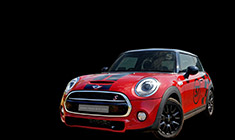News
Evolution of car headlamps over the years: Acetylene to Laser lights
The first headlamps used either oil or acetylene. These lamps were carried over from horse carriages.
BHPian Aditya recently shared this with other enthusiasts.
Evolution of Headlamps
Among the most important features of cars and motorbikes are headlamps. These are vital for driving in dark conditions. They light up the road ahead and help you see where you are going. In heavy rain, they help make your car more visible and easier to spot.
Headlamps have been seen on cars in the late 1800s. Since then, they have changed constantly, becoming longer lasting, more powerful and "intelligent". Let's take a look at how headlights have evolved over the years.
Acetylene Headlamps
The first headlamps used either oil or acetylene. These lamps were carried over from horse carriages. They had to be lit by a match and required frequent refilling. Acetylene was the referred choice because of its better resistance to rain and wind. They had a mirror behind the flame which helped project the light forwards.

However, the beam was not really focused. Instead, it was scattered and not spread evenly. Hence, these lamps were not very effective while driving. They did not last long and were soon replaced by electric headlamps.
Electric Headlamps
Electric headlamps replaced Acetylene headlamps in ~1900. These eliminated some of the problems that acetylene headlamps faced. However, the technology took some time to make its way to most cars. This was due to the need to create a dynamo that was small enough to fit into the engine bay, yet strong enough to develop power for the bulbs. This resulted in a very low light output. Still, these were the lights that set the direction for the development of headlamps.

Sealed beam Headlamps
Sealed beam headlamps were first seen in cars in the late 1930s. They used a parabolic reflectors, a tungsten filament, and a lens sealed together. Not only did these headlamps produce brighter and more focused light than earlier headlamps, they changed the style and looks of cars. too. An advantage of these glass headlamps was that they would not have the problem of oxidation. However, in the event of an accident, they could shatter and cause injuries to other road users. The bulbs put out little light considering the amount of power they used. Besides, the hot filament could leave dark residues on the glass.

In the early 1960s, halogen lamps made their way to cars. These were brighter and more durable. Visibility improved drastically.

Plastic headlamps
In the 1990s plastic headlights made an appearance. These allowed vehicle manufacturers to mould headlights into any shape they wanted. In the process, car designers got the freedom to style their vehicles to their liking. Being cheaper than glass, plastic headlamps were instrumental in building the road to the development of more complex headlamp setups in the years to come.

However, plastic headlamps had their disadvantages too. They suffered from oxidation and yellowing. Besides, as we all know, plastic is not exactly environmentally friendly.
High-intensity discharge (HID) Headlamps
High-intensity discharge bulbs made their appearance in the early 2000s. HIDs produce an electrical arc between two metal electrodes through an inert gas, inside a glass bulb to create light. They developed a lot more light compared to the power they use making them a lot more efficient compared to traditional bulbs. Even smaller HID bulbs could produce the desired amount of light which in turn means that there were few limitations to the alteration of the shape of the headlamps. Additionally, HIDs were available in various colour temperatures, which helped in increasing their appeal.

HIDs were also very popular in the aftermarket. However, traditional headlamp assemblies were unsuitable for fitting HIDs as they would scatter the light produced. Specific assemblies were required for the light to be focused where the driver wanted it to fall.
Light-emitting diodes (LED) Headlamps
Light-emitting diodes (LEDs) first appeared in the 2000s. Today, most of the cars available in the market (excluding the entry-level segment) are available with at least an option of LEDs. These headlights are very bright, long-lasting and require a lesser amount of power compared to halogen lamps.

LEDs were first used as daytime running lights (DRLs). Later, they were used for the low beam only and with time, even the high beam. The development of LED headlamps is truly fascinating. The adaptive high beam ensures that drivers of oncoming are not blinded. Adaptive headlamps also focus their beams appropriately on curvy roads using satellite navigation.

Laser Headlamps
Laser is the latest technology when it comes to headlamps. These laser beams offer an impressive vision and are very efficient. Three diodes pass blue laser beams into a prism which focuses them into one beam. This beam is passed through a phosphorous lens that transforms the light from blue to white, before hitting a reflector that redirects the beam onto the road. Laser headlights are substantially more efficient compared to LEDs.

However, laser beams can be limited when it comes to focus. Hence, they are used for high beams only. Laser technology is relatively new in headlamps and hence, available in cars from luxury brands only.
Check out BHPian comments for more insights and information.
News
DIY installation & wiring: Hella Comet AUX lights on my Ford Ecosport
Using the connectors allows me to take off the lights when they're not in use.
BHPian thtechnician recently shared this with other enthusiasts.
As many on this forum have documented, the stock headlights on the pre-facelift Ecosport are pathetic, essentially useless for our highways.
So after upgrading the headlight bulbs to 90/100w and the fogs to LEDs, I decided to try installing a pair of aux lights to help with the long range throw. I ended up choosing a pair of Hella Comet 450s that I bought from a local shop.
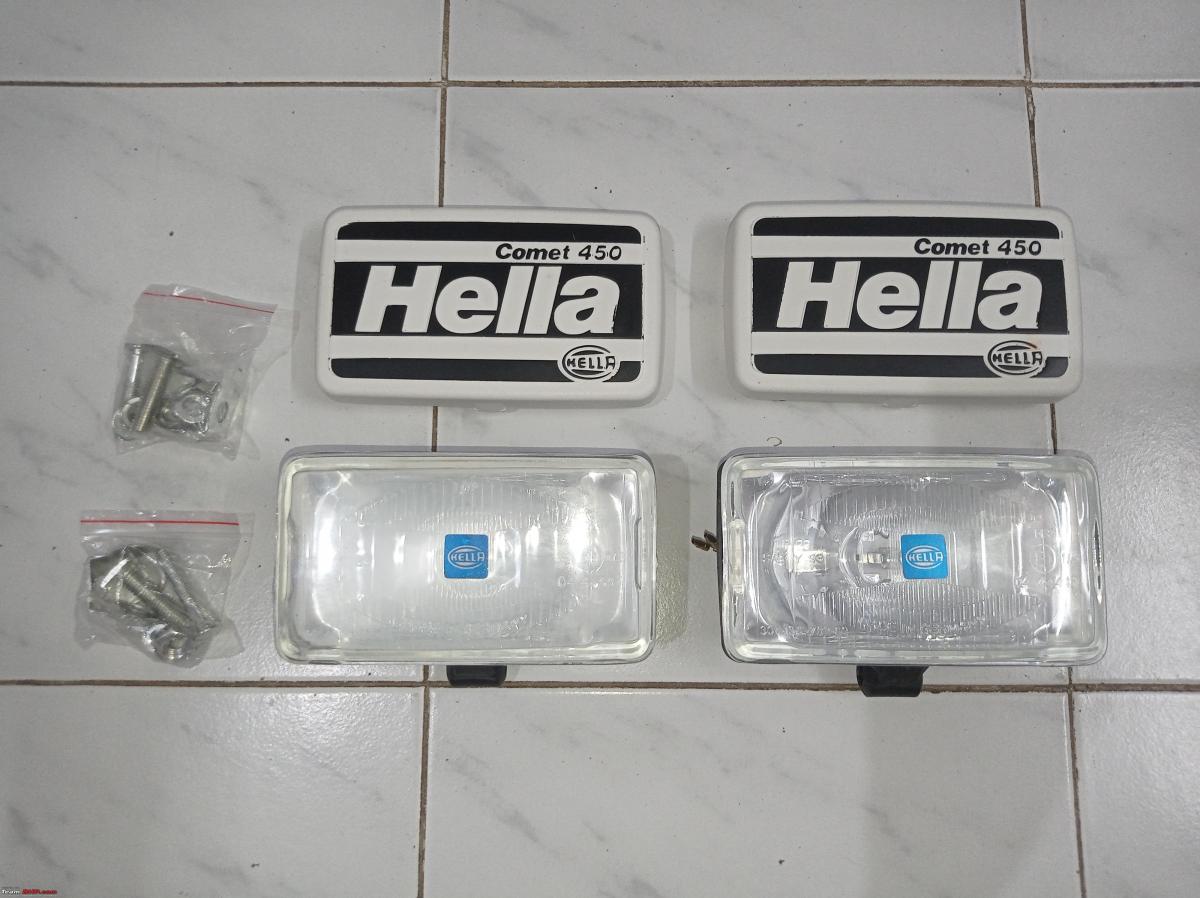
To mount them, I searched and found this post by ecosport rules which included pictures of the clamps he used. So I took some measurements, and gave them to a local fabricator who made the clamps for me. I left some spare room to allow for adjustment and for adding rubber tubing to avoid rattles.
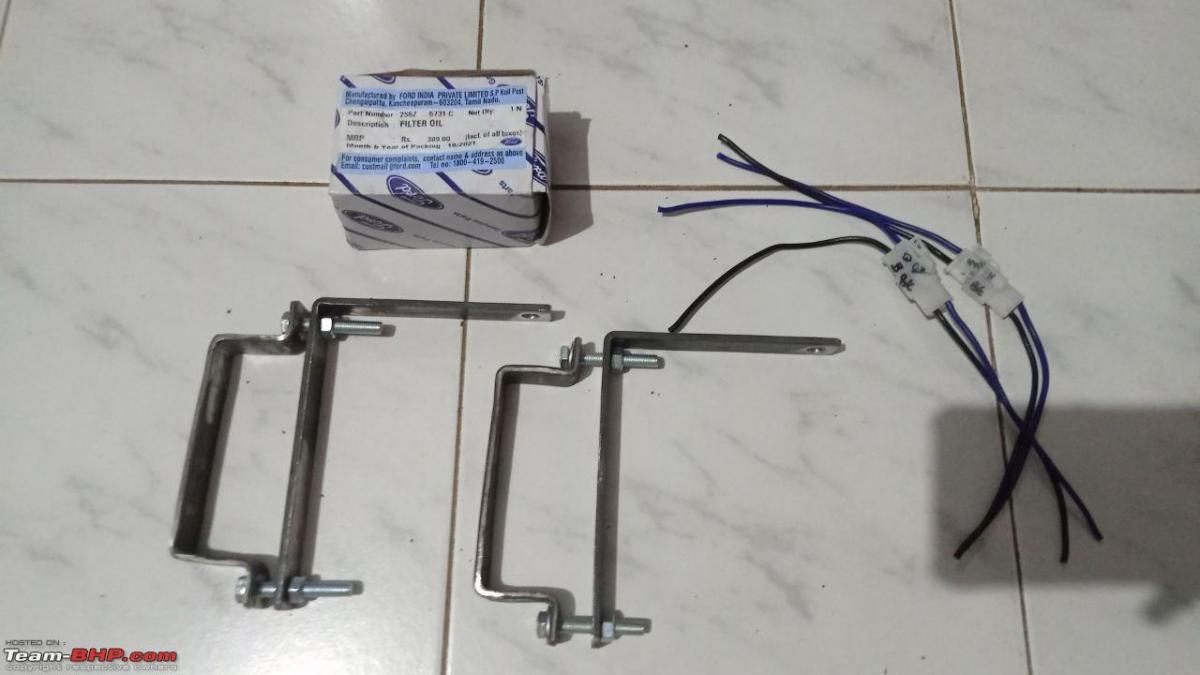
I also bought a pair of generic connectors to allow me to remove the lights after trips to avoid trouble with cops/theft.
For wiring, I first opened the Hellas and replaced the original wires with my new connectors.

For triggering the lights, I used a Bosch relay with a fuse. I wired it to come on with the high beams by tapping a wire from the relay set I already had for the upgraded 90/100w bulbs.
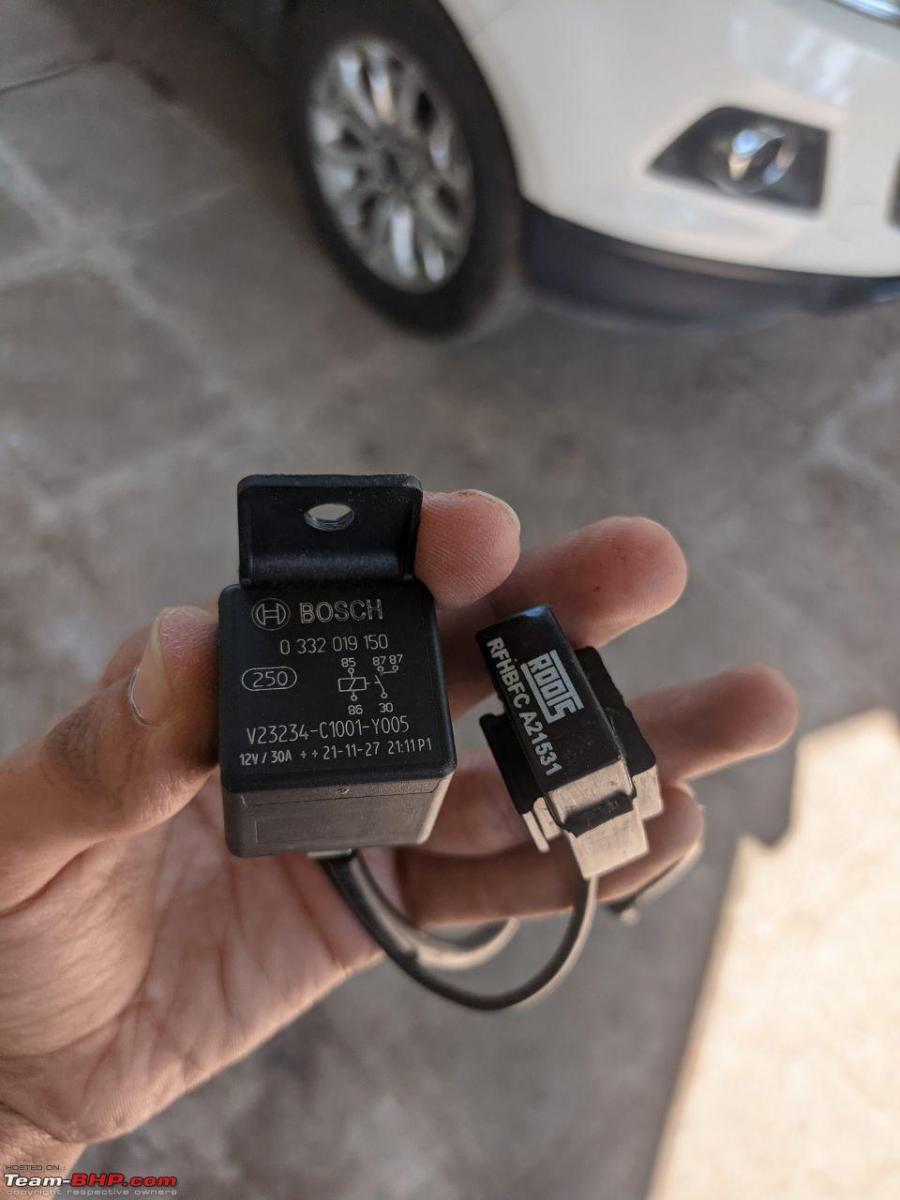
I made the wiring harness and zip-tied it to the crash bar and the front grille:
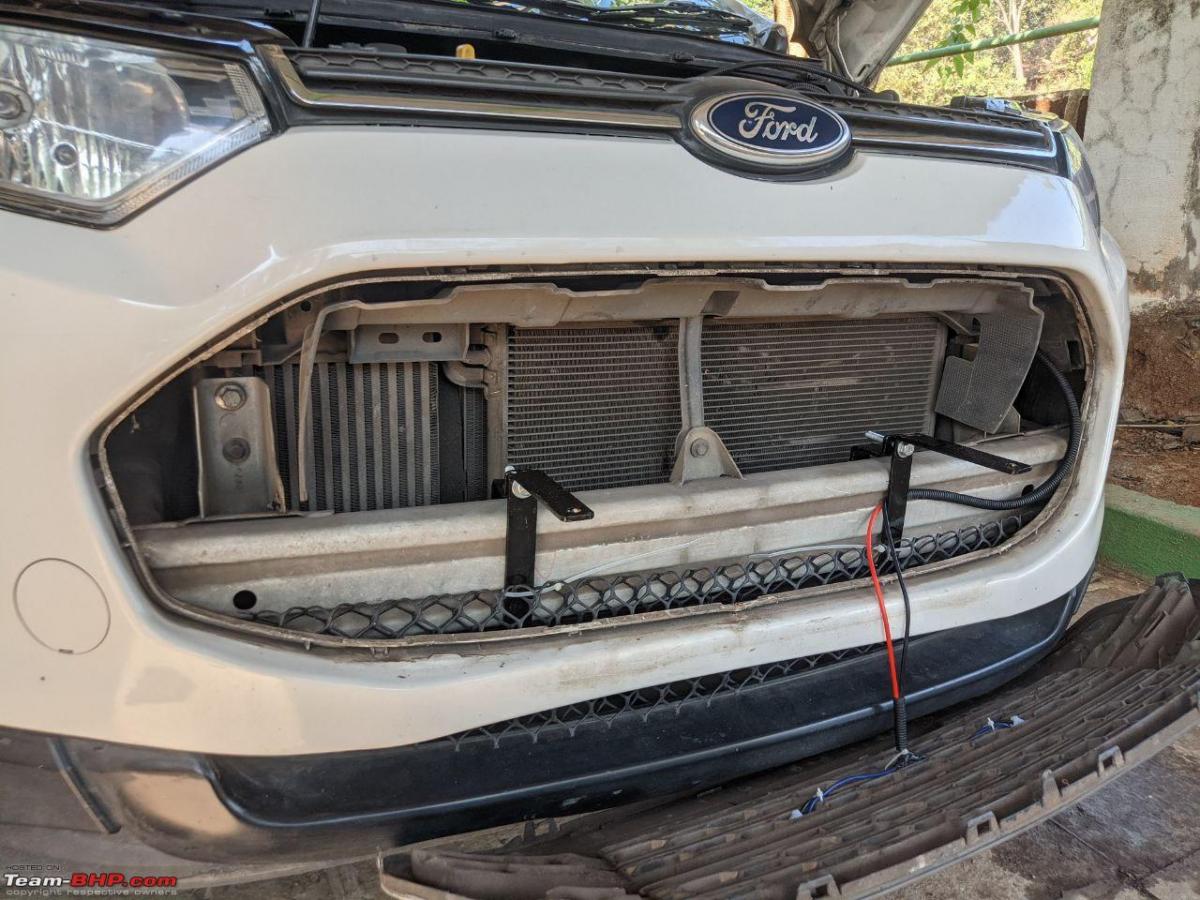
Using the connectors allows me to take off the lights when they're not in use. The mounts don't protude too far out and the connectors can just be pushed behind the grille:

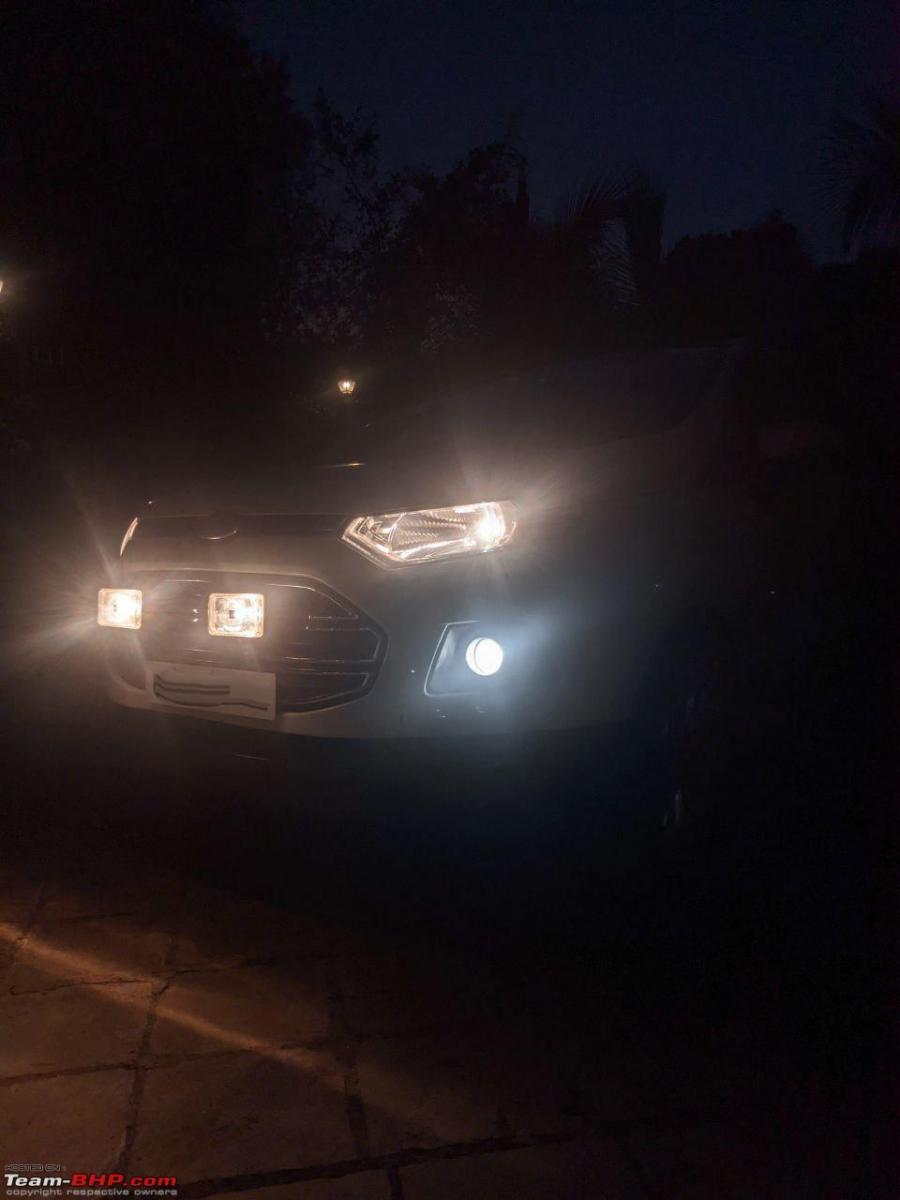
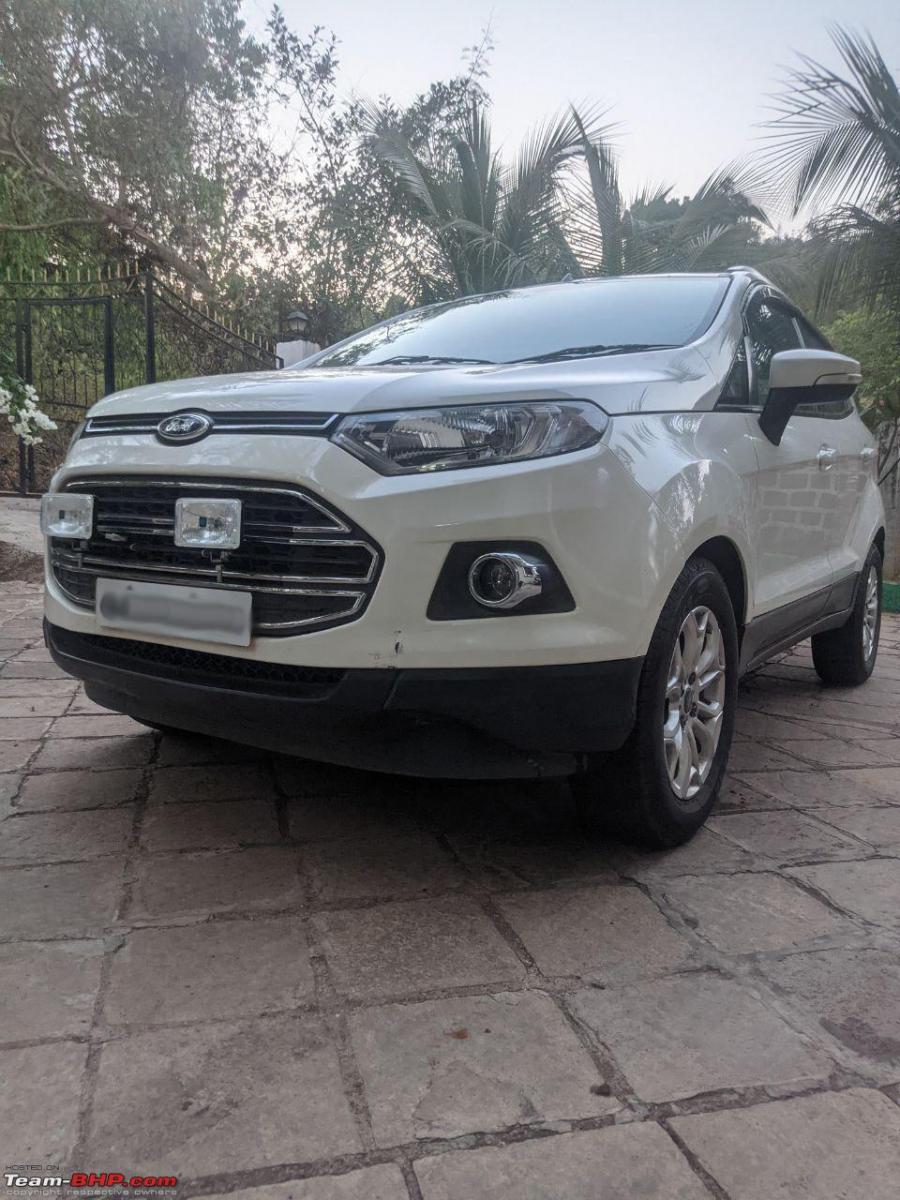
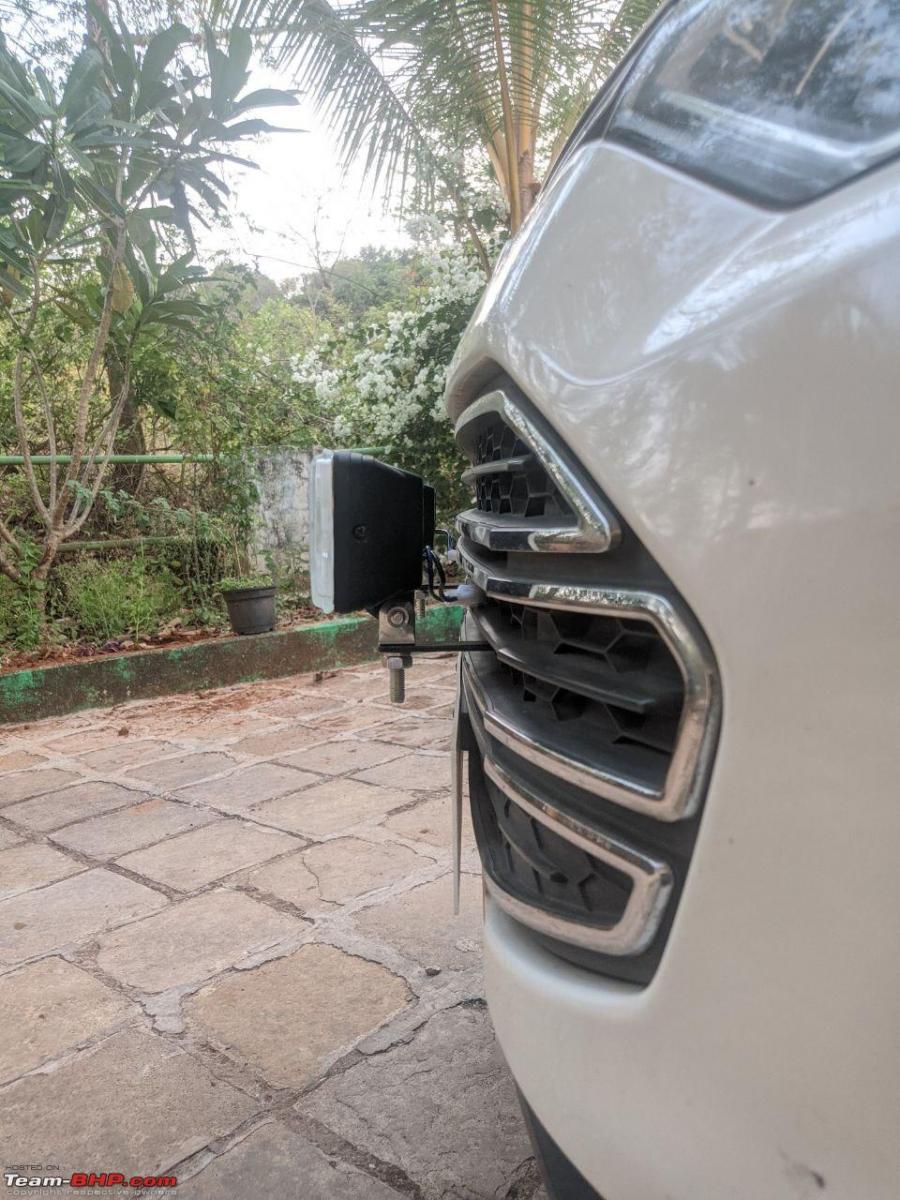

Check out BHPian comments for more insights and information
- Tags:
- Indian
- DIY
- Hella
- Ford Ecosport
- lights
News
Installed Auxbeam 8 universal circuit control relay system on my Thar
There was no space in firewall to take switch wires inside cabin in case of any new items.
BHPian MithunSathianat recently shared this with other enthusiasts.
As I have around 5 auxiliary lamps (2 shoulder, 2 rear, one light bar) and projector fog lamps of which all have separate relays, it was getting difficult with too much of wires inside bonnet. Also there was no space in firewall to take switch wires inside cabin in case of any new items.
To solve this, I purchased Auxbeam 8 Gang Switch Panel BA80, Universal Circuit Control Relay System. This was hand carried by one of my friend who came from US.
I installed this as a DIY over the weekend. The advantage is that now I can control more than 8 devices without pulling wires inside cabin. This supports video inputs from a camera as well.
Total power will go to 600w at 12V, 1200W at 24V and the maximum current is 60A.
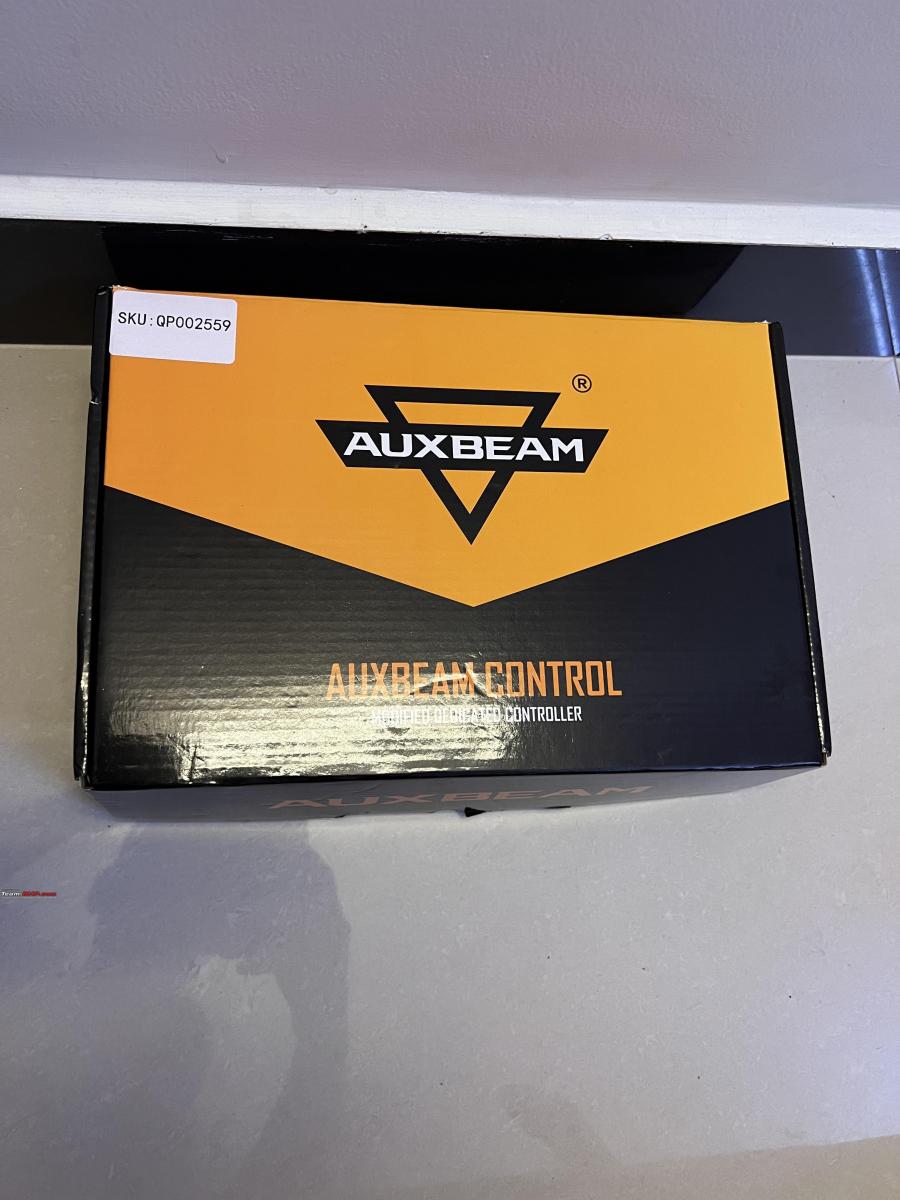

The kit comes with 8 panel switch which needs to be mounted in cabin, relay panel which needs to be mounted inside bonnet, connecting wires, mounting brackets, stickers, installation manual, ignition fuse connector.
The thin red cable connects the master switch power cable to the ACC fuse.
I have installed the relay panel on top of stock fuse box as there is only limited space inside bonnet for Thar.
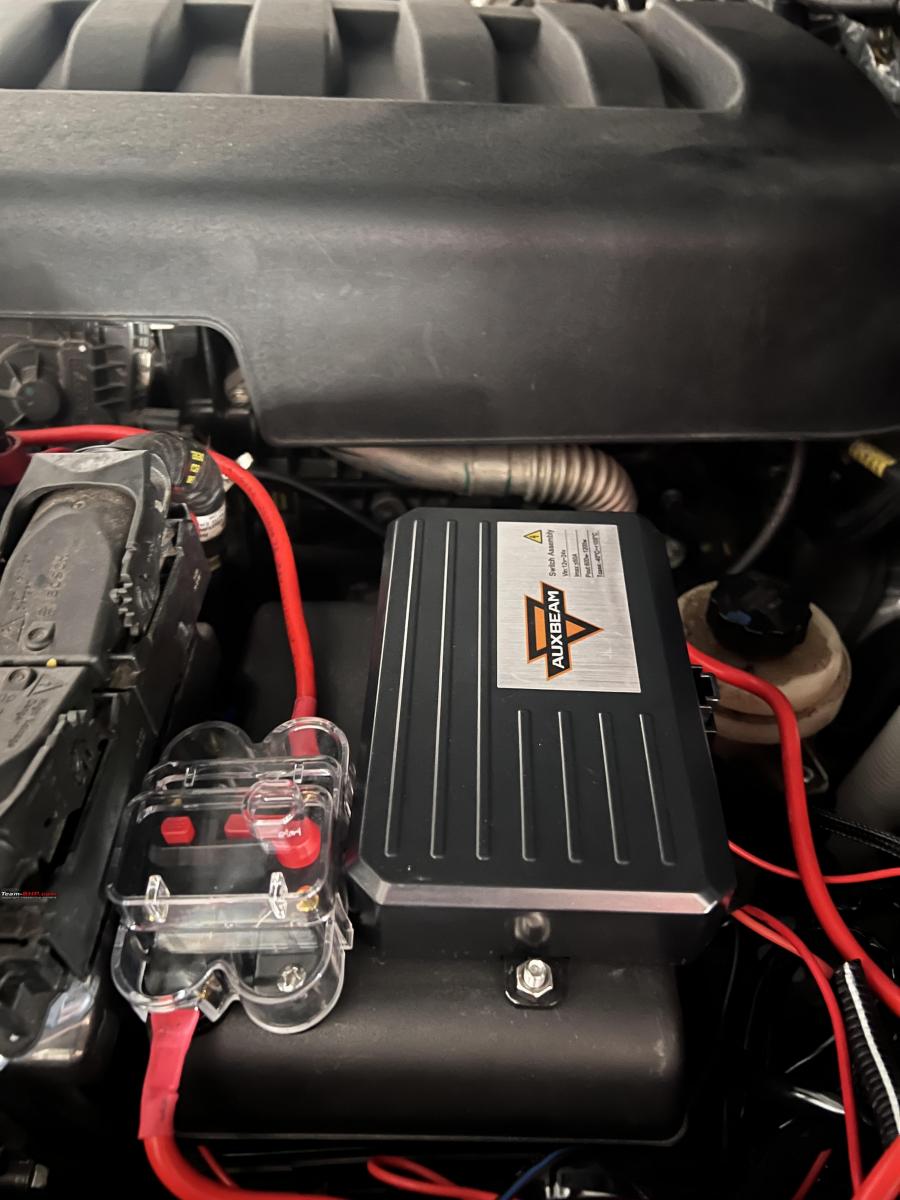
Switch panel has automatic dimmable blue back light.
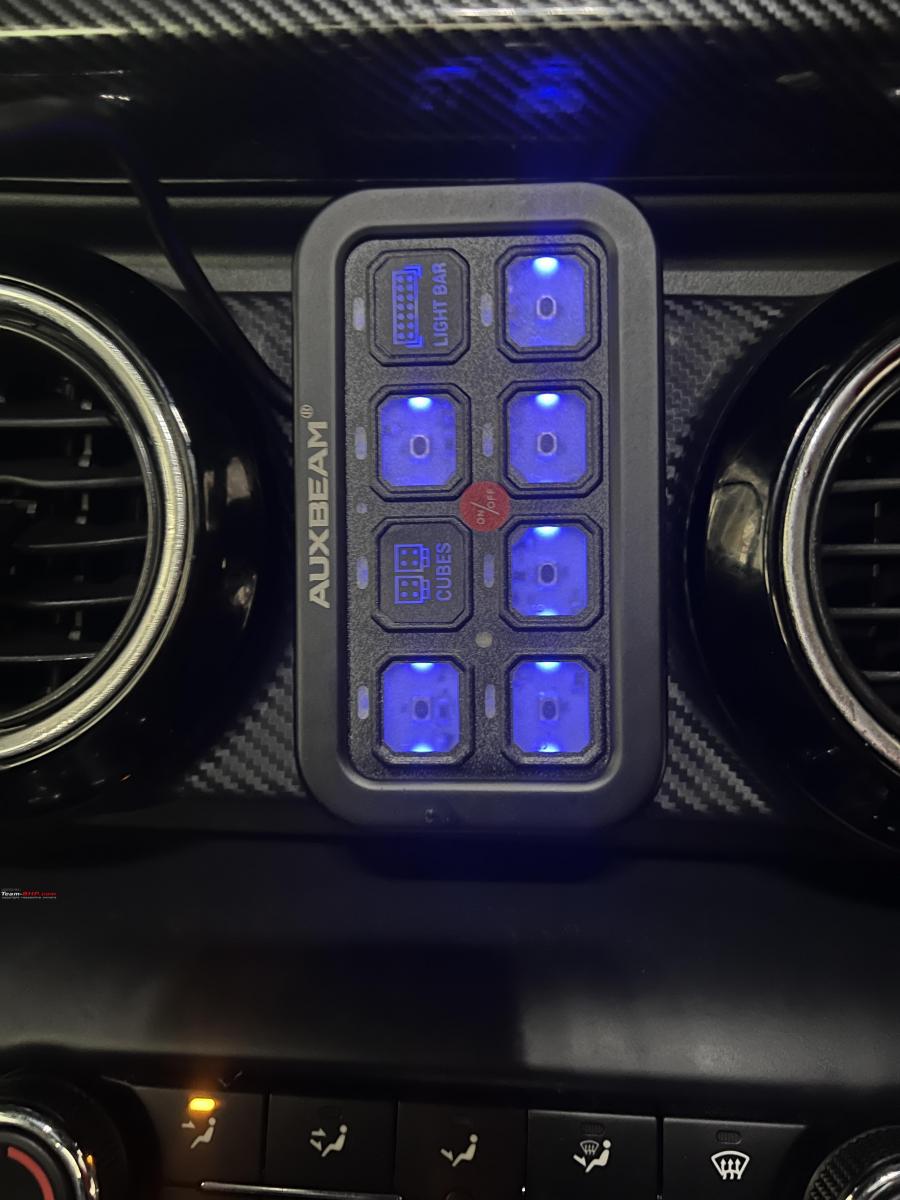

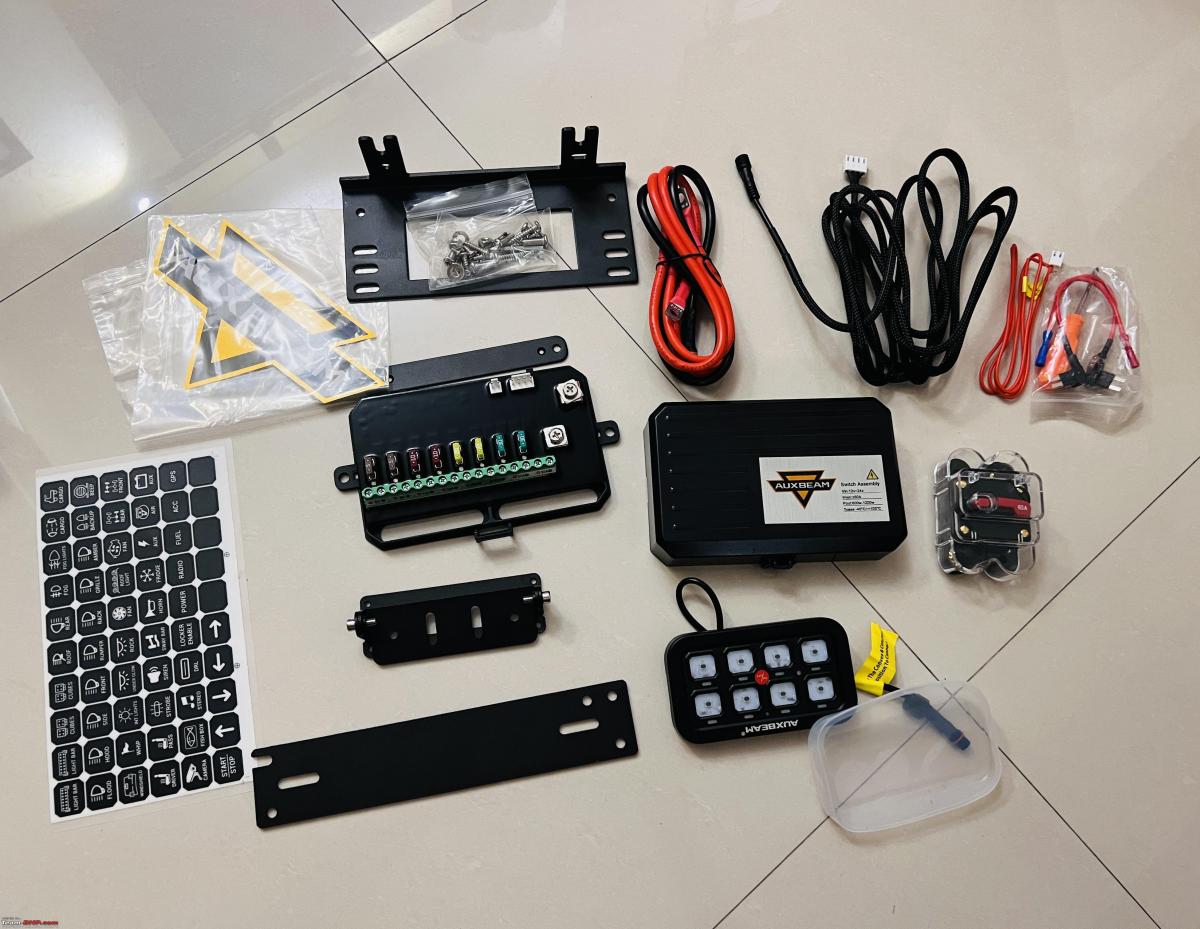
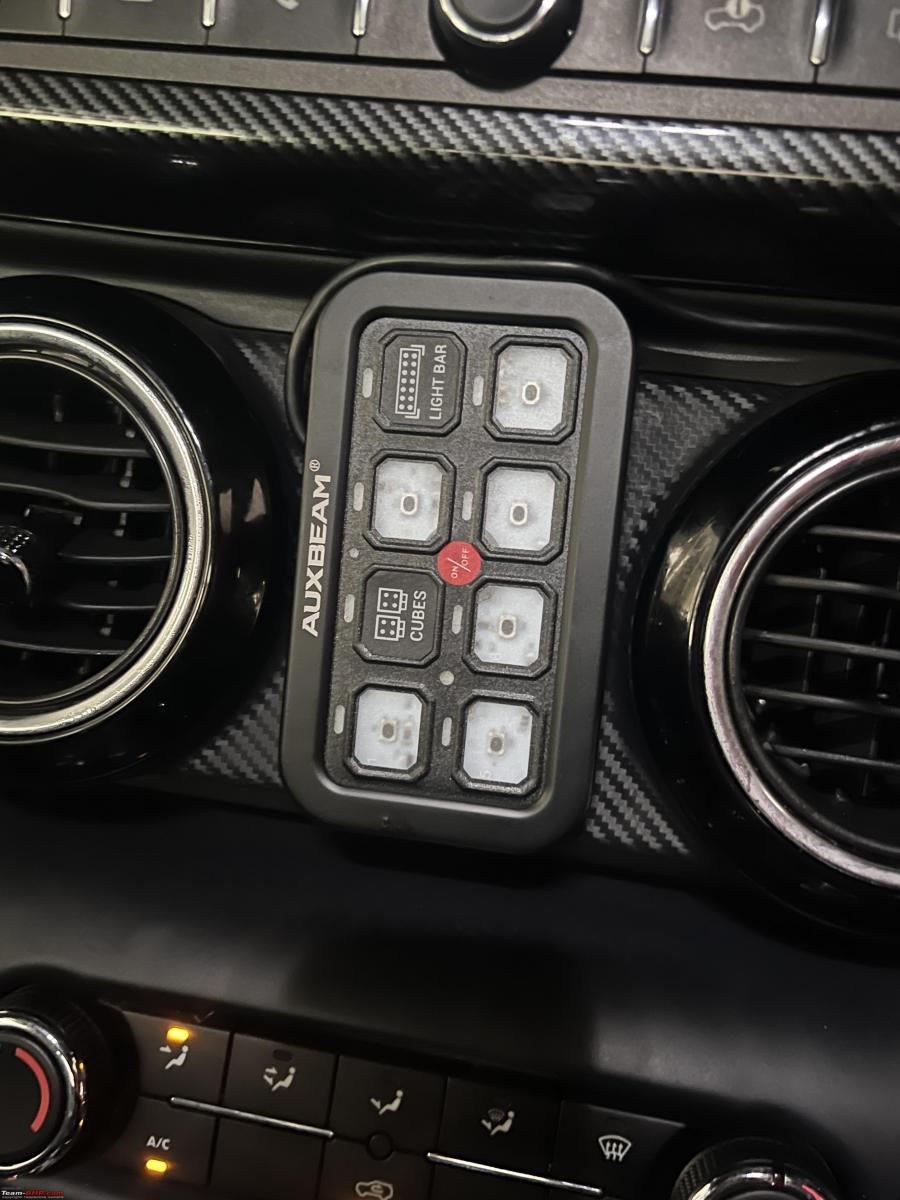
Check out BHPian comments for more insights and information.
- Tags:
- Indian
- Mahindra Thar
- lights
- wiring
- circuit
News
My preowned Porsche 911: Giving the lights a makeover & other updates
For the front headlights, which are insanely expensive, I am going to attempt the lens replacement alone.
BHPian androdev recently shared this with other enthusiasts.
Today is the RHD version of 9/11 (Nov 11). The day began with an early morning email from DHL informing me that the Porsche parts I ordered would be delivered today. Awesome!

eBay also joined the party and sent me an email to let me know that they've shipped the parts!

In the spirit of Diwali, I have decided to give the lights of my Porsche a makeover. Some irresponsible detailer during the previous ownership had run the polisher on the lights resulting in horrible scratches on the lenses. I tried to get them corrected but it was of no use - plus the front lenses also developed weather/age related fade and cracks - due, I'm sure, to outdoor parking. Porsche parts are so uncomfortably expensive to buy and I am sure, except for me, nobody notices or cares about the scratches and fading. Eventually I decided to pull the trigger as I couldn't put up with the sight much longer and did not wish to be reminded of that donkey who ran the polisher over the lights.
Tail lights and floor mats have arrived - pretty smooth delivery experience including customs, just took 3 days end to end.
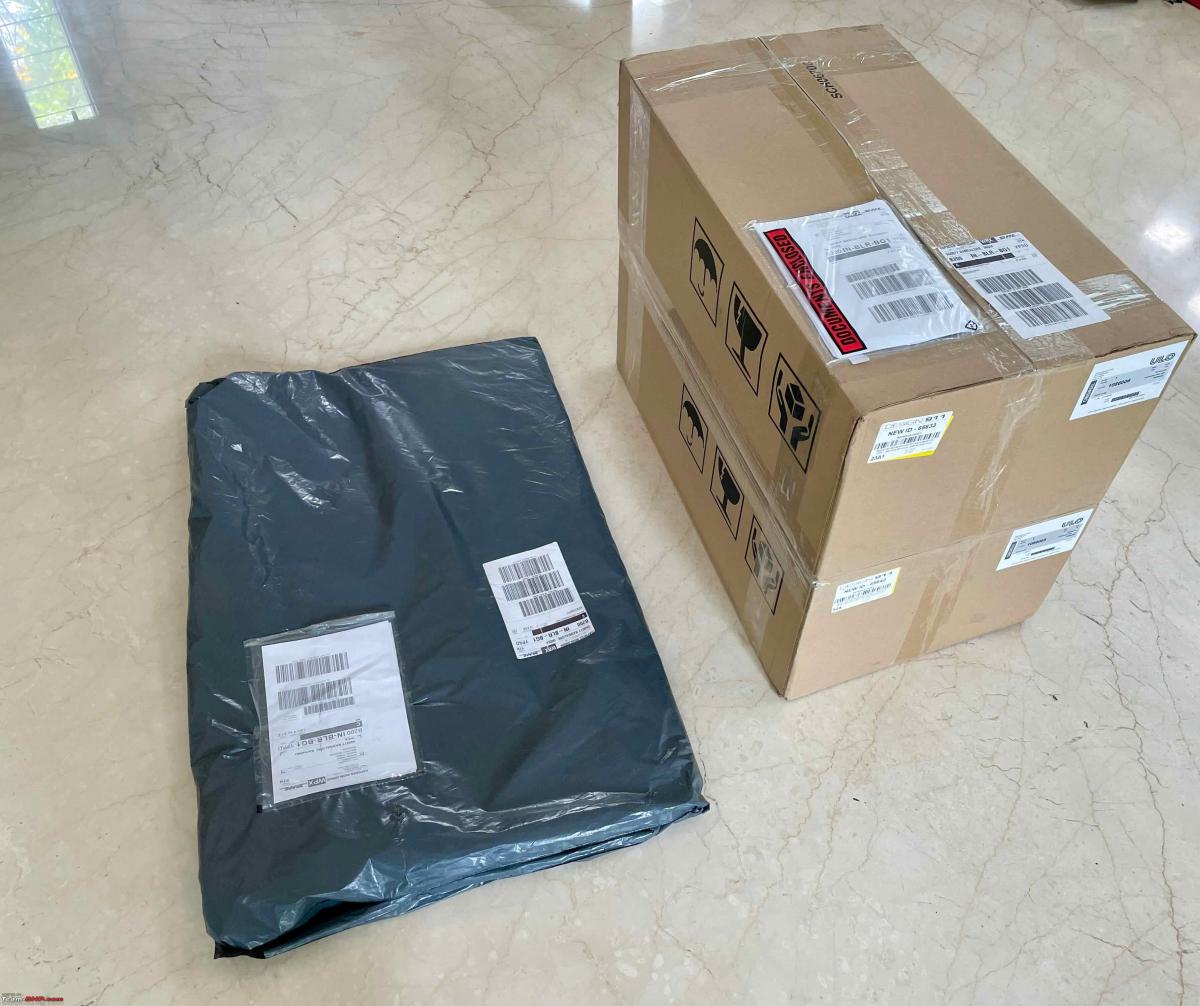
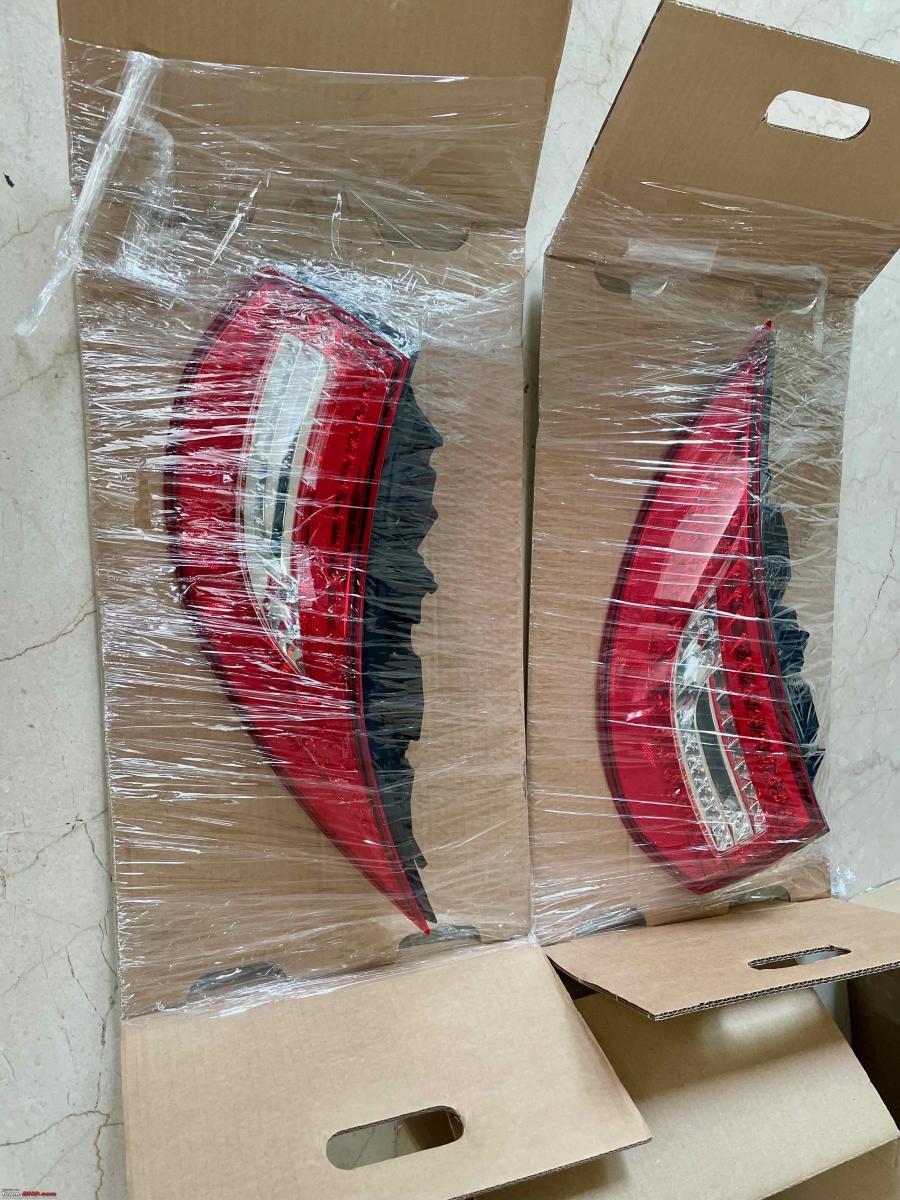
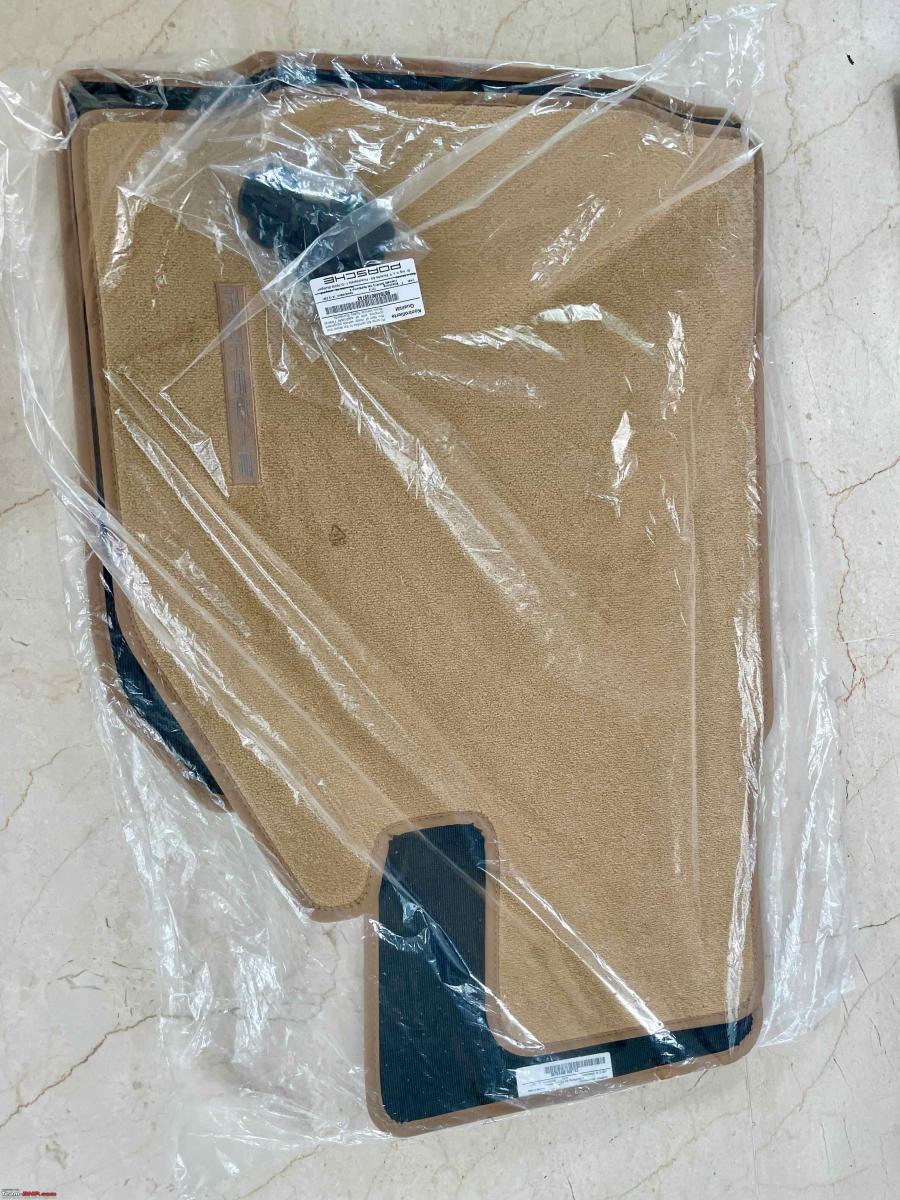
For the front headlights, which are insanely expensive, I am going to attempt the lens replacement alone. Have read a few success stories on the internet and decided to order replica lenses from eBay. Hope to update this thread once the full sparkling new look is achieved.
Other than this "Diwali" makeover plans, it's been business as usual.
Painful darshan every six months:
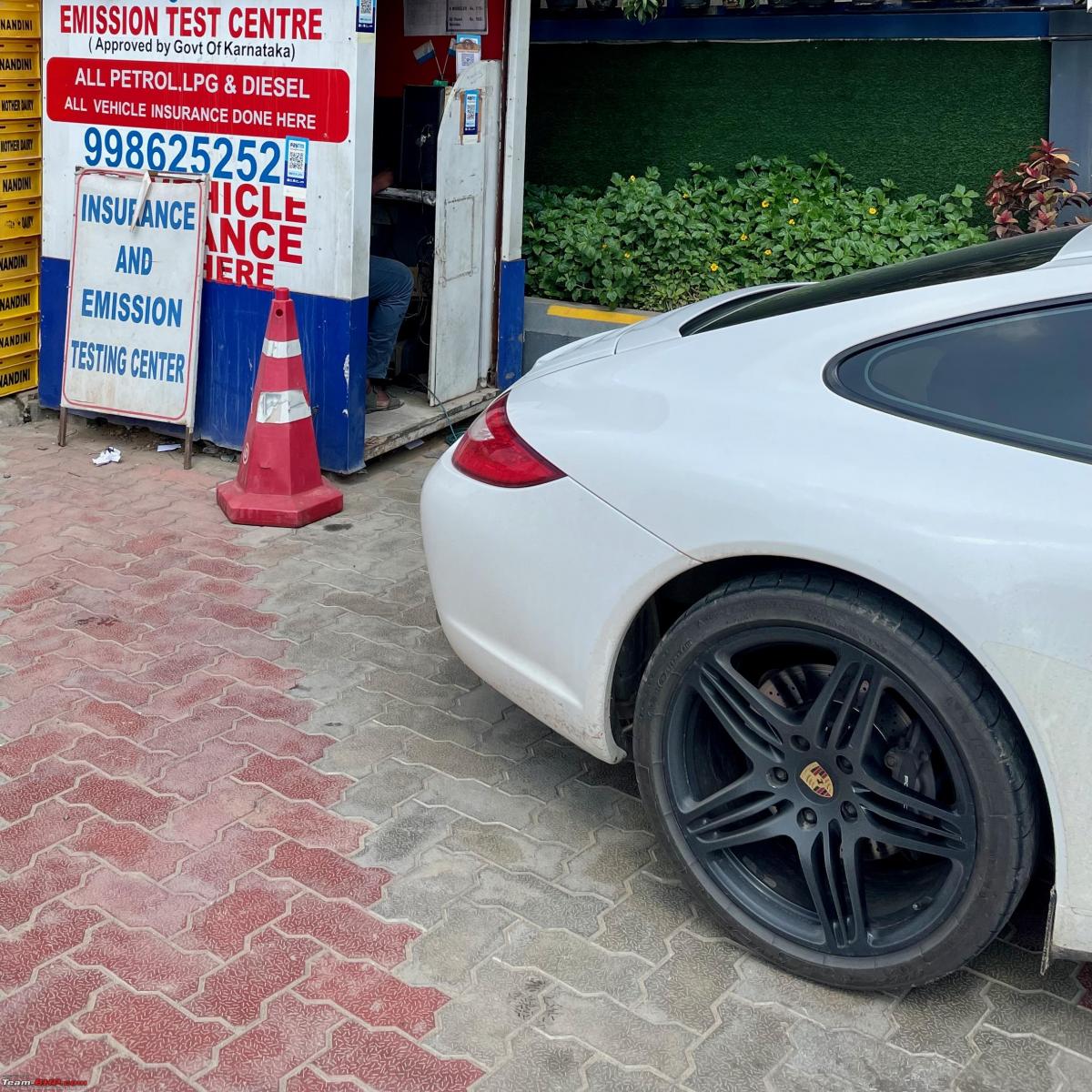
Had a good Dasara break (@Sri Lanka, our first visit):
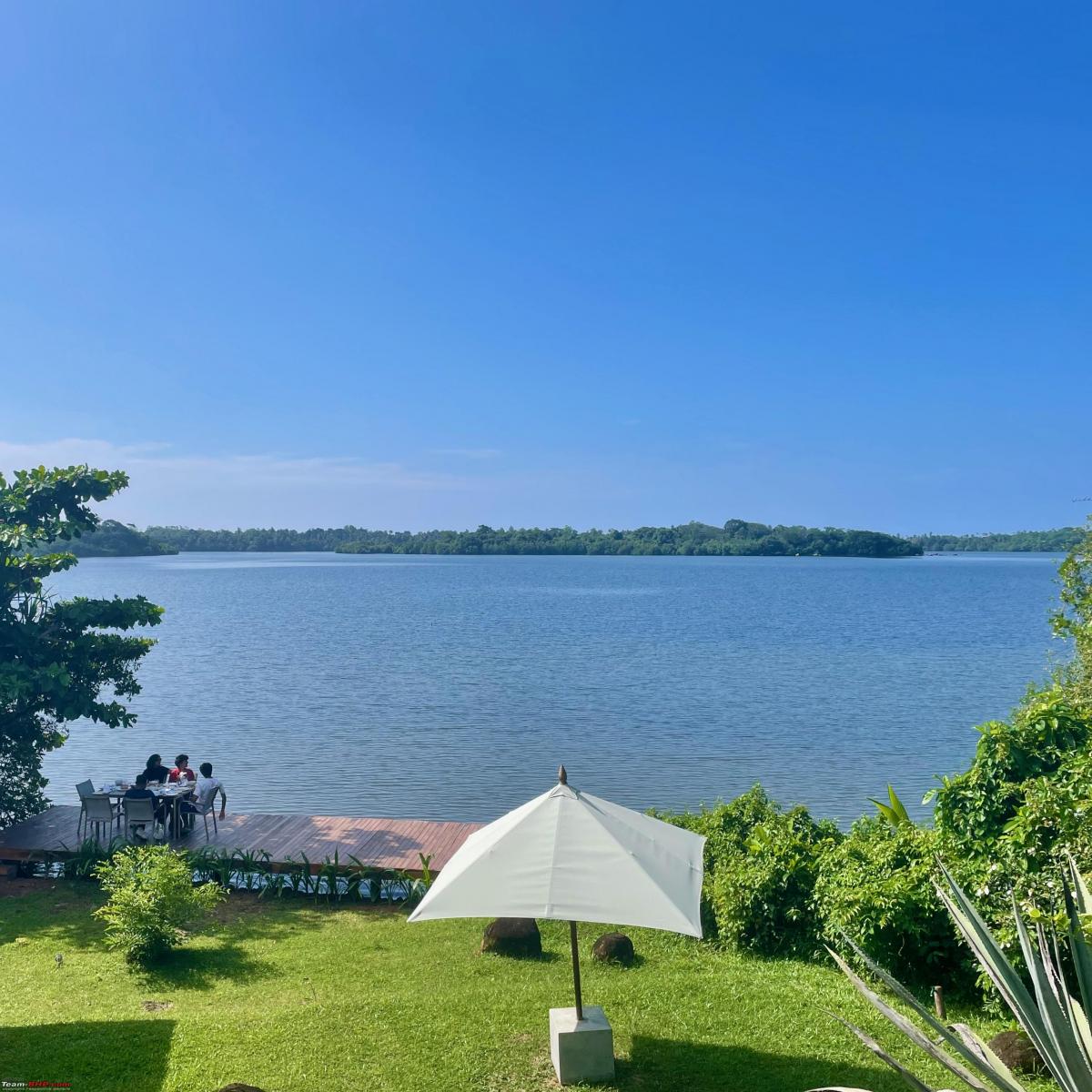
Happy Diwali to everyone - have a blast (or not!)
Check out BHPian comments for more insights and information.
- Tags:
- Indian
- Porsche 911
- sports cars
- lights
News
Increasing the visibility of my Maruti Suzuki XL6
It also illuminates the lower part of road quite well as its visible in one of the pics, and may help in increasing visibility to other road users in foggy conditions.
BHPian Leoshashi recently shared this with other enthusiasts.
Increasing the visibility:
Part 1 - Door Reflectors:
The doors of XL6 open quite wide, and I always wanted some kind of warning or reflector integrated into the design. Didn't like those rechargeable batteries based units. Some Tata cars get this red round reflector sticker on door edge, and that appeared like a cleaner solution to me.

Part number and price:

Part 2 - Bumper LEDs:
Ever since DBHPian Parag Sachania did this mod on his Ertiga, it was on my wishlist. Link to his thread.
The XL6 comes with larger reflectors than other regular Marutis, for whom many options exist in different designs, some from even reputed vendors like Lumax. Nothing for XL6. I did spot a couple of designs available in Delhi, but didn't like the dotted LED design. Recently, a friend in Pune spotted a pair of LEDs, Made in Taiwan, which had continuous illumination and I could imagine that it would look great, as an extension of the volvo-esque light guides.
It comes with three wires, ground, parking and brake lights. I didn't connect brake light wire since I wanted it to work like an extension of light guide. Used 3M scotch locks to tap from light guide wire. The only modification needed was that I had to make one small hole in bumper to pass the wire. It was quite easy with a sharp screwdriver from the Stanley kit.
Pics:
The LED reflector:


Used this waste rope to pull the cable upwards, didn't open the bumper for this mod. The old reflector can be removed from behind the bumper, it's easily accessible:

3M scotch locks for tapping:


Had to make this small hole to pass the wire:

Illuminated:






Another part goes to the "salvage" carton:


Video link to how it looks with Auto ON headlamps activated.
My take: I was pleasantly surprised with the quality, somehow justified the high price(Rs. 3000 including shipping). It's way better than the flimsy 500 rupee LEDs commonly seen on Marutis these days. Illumination feels great and exactly like the light guides on tail lamps.
It also illuminates the lower part of road quite well as its visible in one of the pics, and may help in increasing visibility to other road users in foggy conditions. I didn't connect the brake light wire because it would have been too bright for low slung car users following me.
I hate Maruti for not providing rear fog lamps in their cars these days, and am also not in favor of missing rear reflectors. But this mod is like choosing one of the better devils. It's quite bright and not just for show.
Regards,
Shashi.
Check out BHPian comments for more insights and information.
- Tags:
- Indian
- Maruti Suzuki
- Maruti XL6
- LED
- lights















